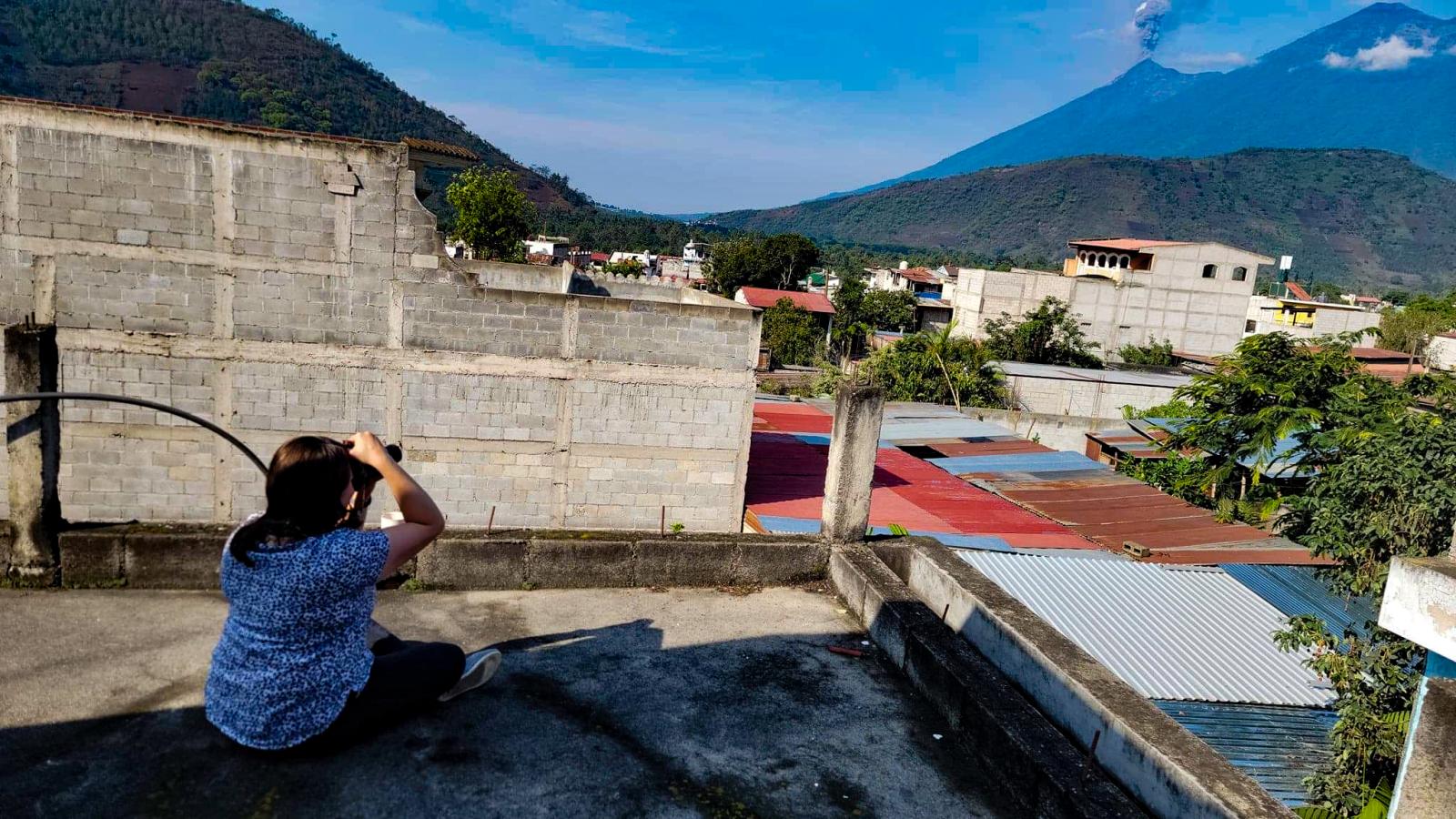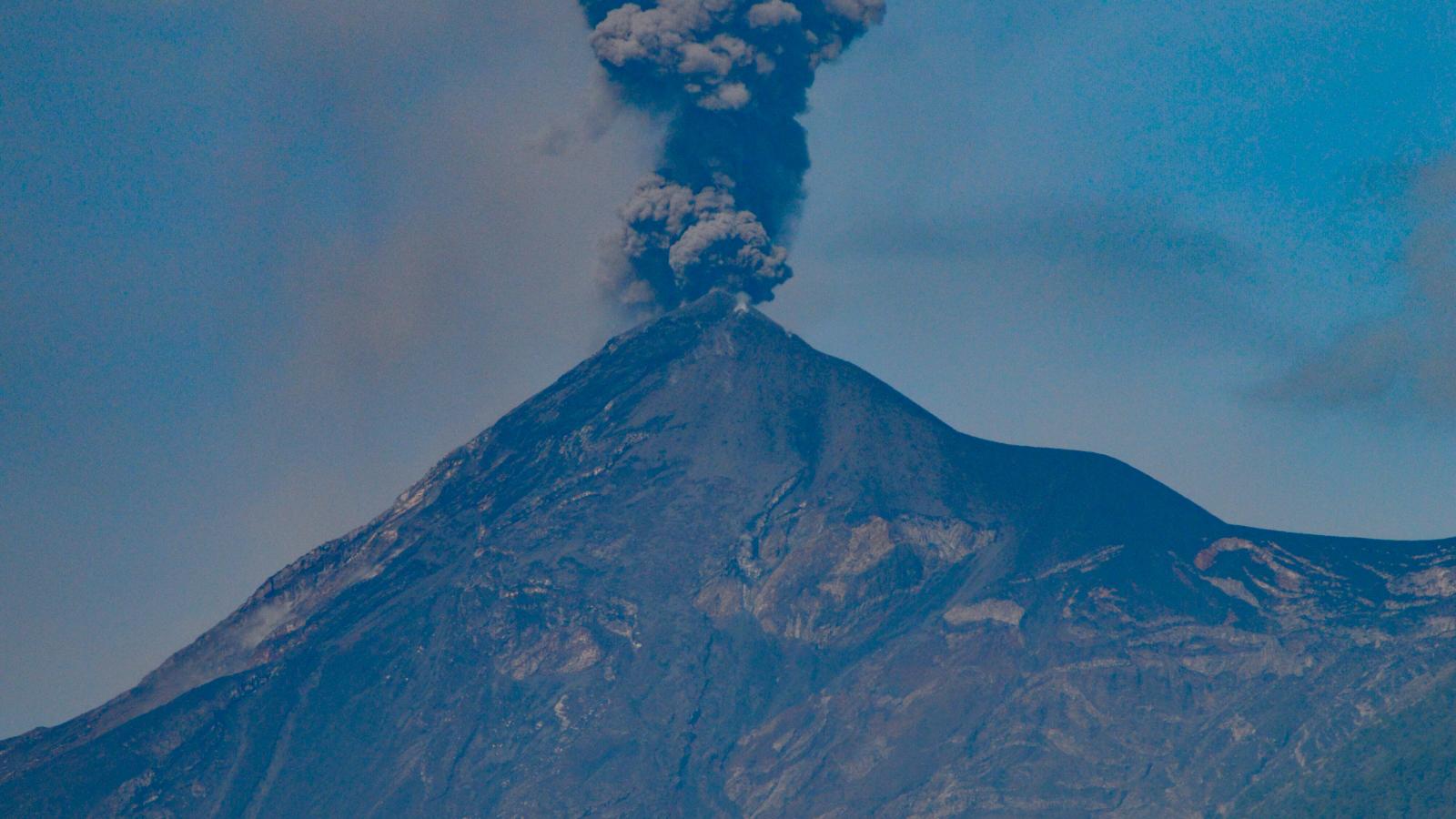Hernandez Conducts Fieldwork in Guatemala
Ph.D. student Lindsey Hernandez is advised by Dr. Michael Barton. Lindsey recently conducted fieldwork; here she shares her experience and describes how her work will impact future studies and communities in Guatemala.
I analyze erupted ash and lava from Fuego and Pacaya Volcanoes in Guatemala to learn about the processes occurring in their sub-surface ‘plumbing systems’.
Fuego and Pacaya are exceptionally active volcanoes. More than 1 million people are vulnerable to volcanic hazards including pyroclastic flows, lava flows, lahars, and ballistic projectiles. I hope that my work can help mitigate some of these hazards.
I traveled to Guatemala in May 2021 to collect samples of new lava flows from Pacaya, and to meet with geologists from The National Institute for Seismology, Volcanology, Meteorology and Hydrology of Guatemala (INSIVUMEH). I was able to solicit their collaboration and input on a potential project aimed at building their capacity for monitoring Fuego and Pacaya through geophysical, geochemical, and petrologic methods. We have also built a team of international and US-based collaborators, including many SES researchers, to work on this project.
Our work will give us a more comprehensive understanding of magma movement and storage, gas emissions, edifice inflation, flank stability, and eruption precursors at these volcanoes. This will have long-term impacts on eruption forecasting and risk assessment in Guatemala. In addition, improving INSIVUMEH’s capacity for volcanic monitoring will allow for earlier detection of eruptions at Pacaya and Fuego, which can aid in evacuation decision-making.
I am very excited to be undertaking this work, and I hope that our work has a lasting positive impact on volcanic hazard mitigation in Guatemala!



